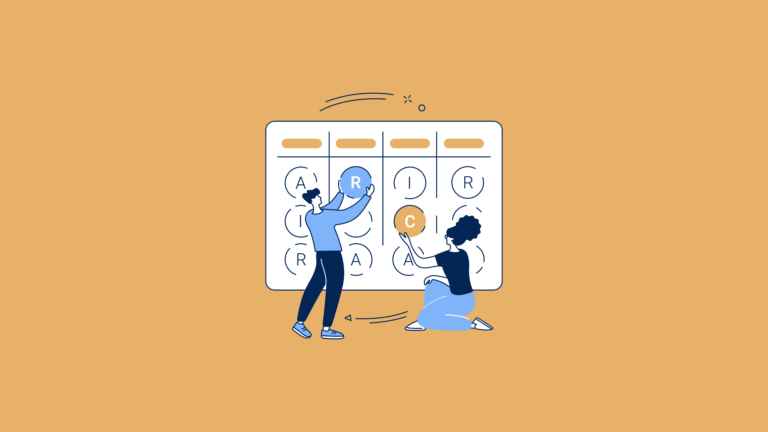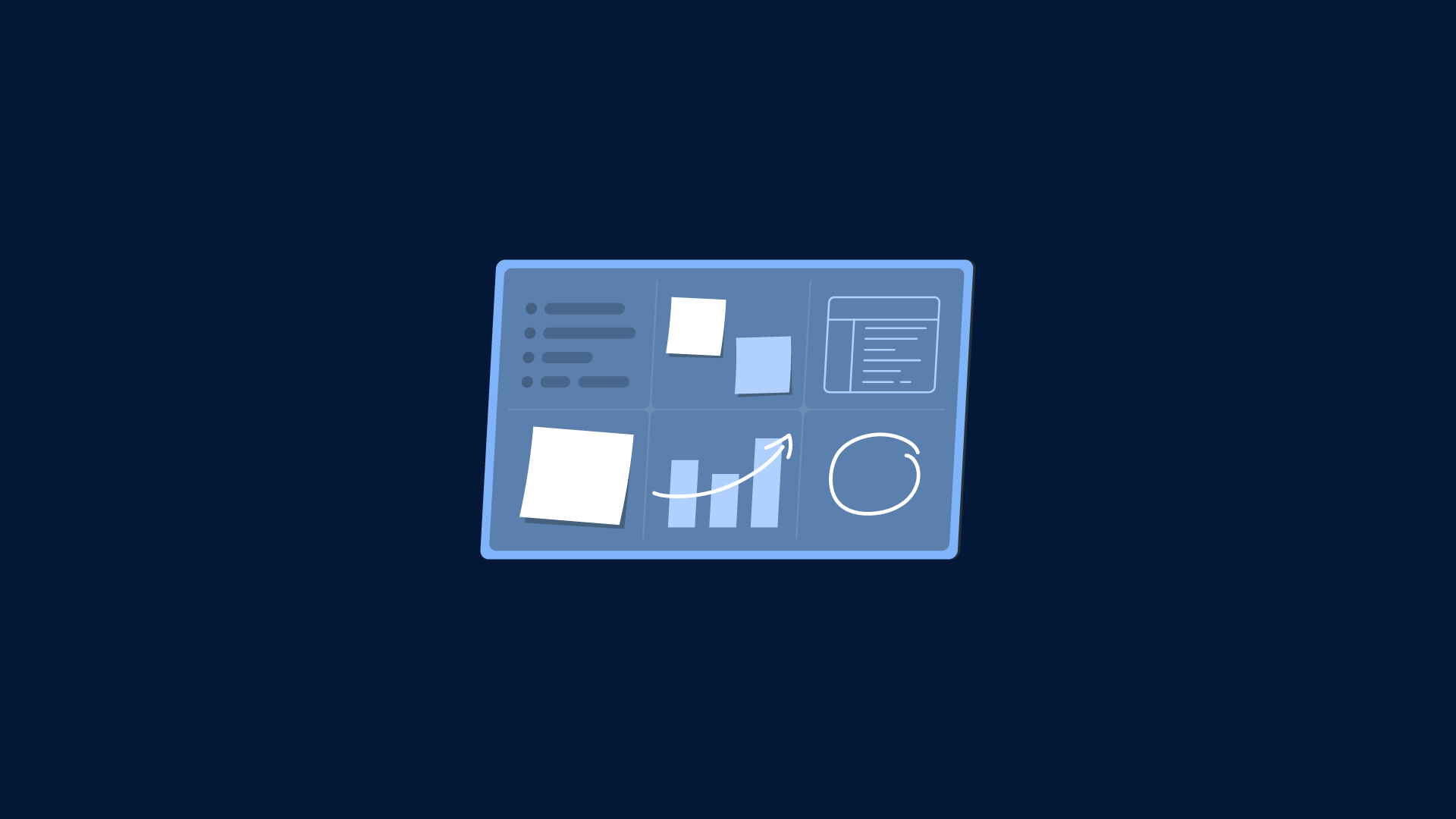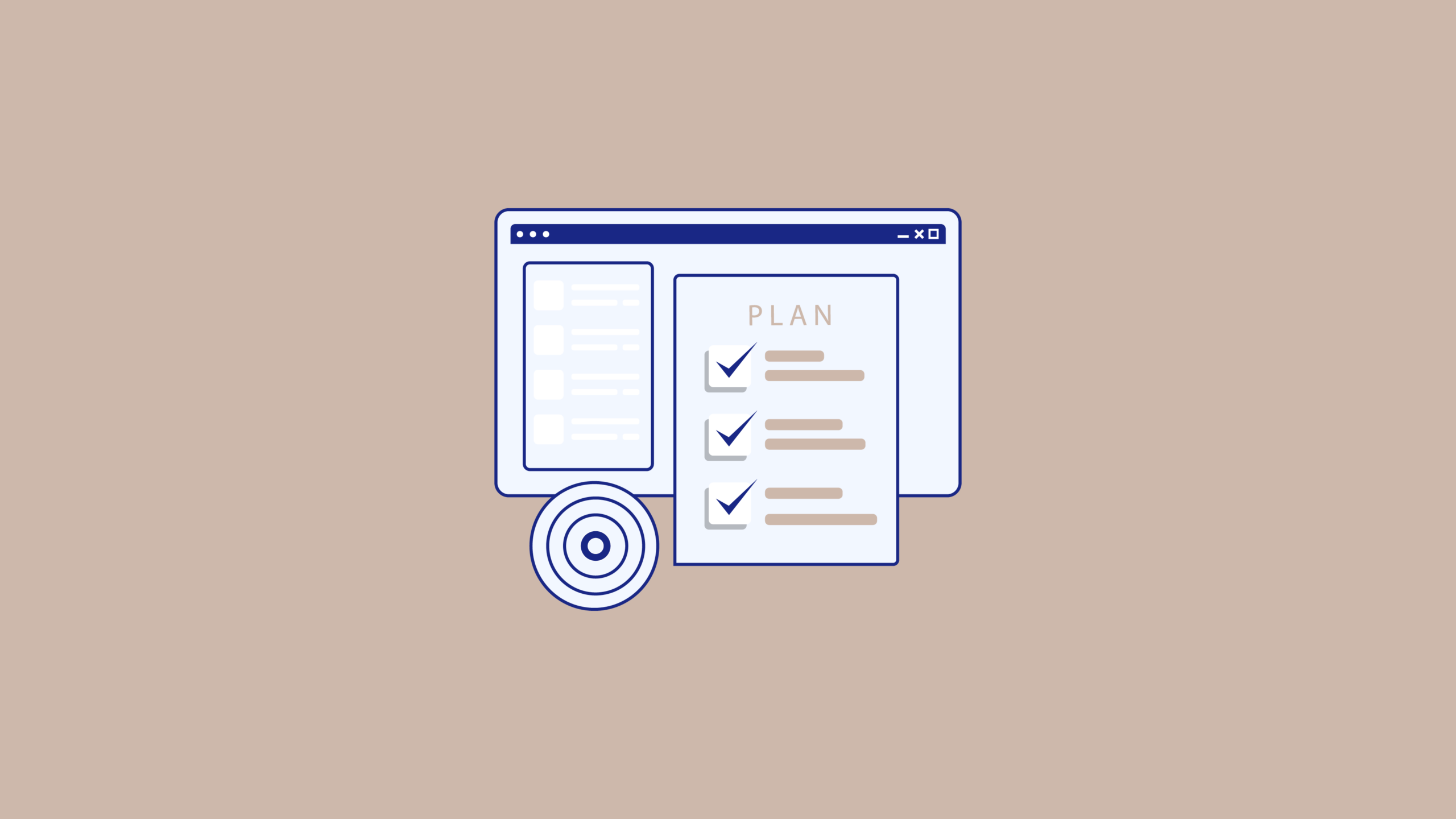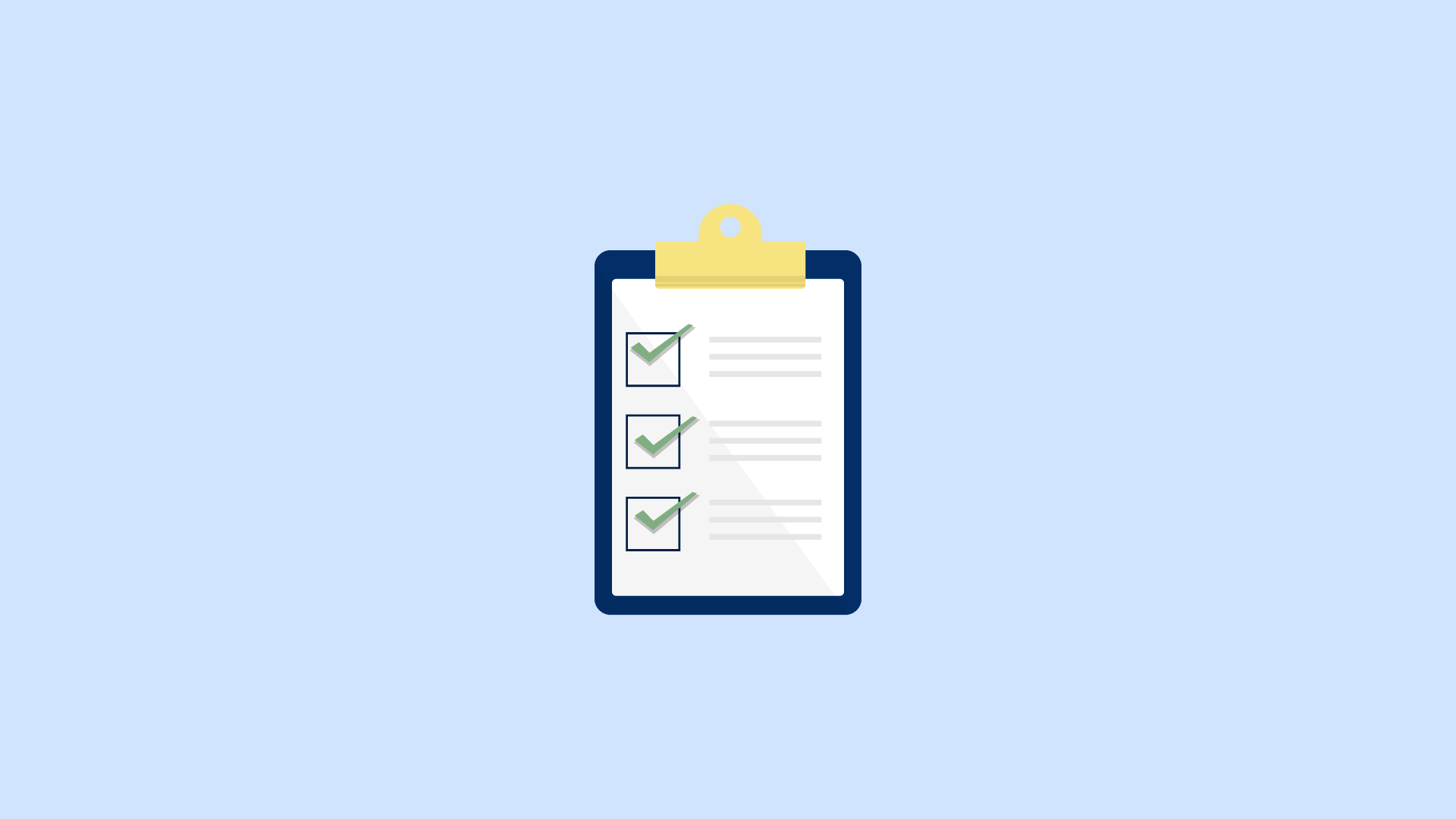|
Getting your Trinity Audio player ready...
|
Are you tired of feeling overwhelmed and confused about who is responsible for what in your project management team?
If the members of your project team have similar feelings, it could indicate that the project is facing difficulties due to unclear roles and responsibilities.
It's a common problem, but one that can be easily solved with the use of a RACI chart.
The RACI chart ensures clear communication and smooth workflows across all parts of a team. Without it, misunderstandings and overlapping responsibilities can cause delays and frustration within your team.
In this article, we will explore everything you need to know about RACI charts, including their definitions, uses, examples, and alternatives. But first, let's dive into what exactly a RACI chart is and why it matters in project management.
So, What Exactly is a RACI chart?
The RACI chart, also referred to as the RACI matrix or RACI model, is a graphical representation used to determine the major duties and obligations of individuals involved in a project.
A RACI chart provides clarity on the responsible person for a specific task, who needs to be consulted prior to making decisions, who will be answerable for the outcome, and who just needs to remain informed.
The RACI chart helps avoid common issues such as confusion about tasks or overburdening of some individuals within the team. Through this straightforward and concise visual representation of functional roles of each person on the team, it enables project managers to achieve their objectives effectively while simplifying communication hierarchy.
Creating a RACI chart is an excellent exercise in balancing workload since each person on the project team gets assigned specific areas of responsibility as well as decision-making authority. This process makes every individual accountable for their workspace and allows them to have ownership over their work-related duties leading to increased job satisfaction.
It also serves as an excellent tool for tracking, monitoring and approving activities throughout the project lifecycle, ensuring everyone keeps pace.
Projects executed with clear task delegation using RACI charts are bound to enjoy better success rates given that they reduce communication gaps, foster accountability at all levels and give clarity over responsibility ownership within teams.
Importance of RACI Chart in Project Management
If you've ever been part of a project management team, you know how confusing things can get when responsibilities aren't clear. That's where the RACI chart comes in - it's a simple tool that can make all the difference in keeping everyone on track.
RACI stands for Responsible, Accountable, Consulted, and Informed - four key roles that are assigned to each task or activity in a project. By using this chart, everyone knows exactly who is responsible for completing a task, who is accountable for its success or failure, who needs to be consulted before decisions are made, and who needs to be kept informed along the way.
Without a RACI chart, misunderstandings and overlapping responsibilities can cause delays and frustration within your team. But with this tool in place, everyone can focus on their specific role and work together more efficiently.
In short, the RACI chart is an essential part of effective project management. So if you haven't tried it yet, give it a shot - your team will thank you!
What Does RACI Stand for?
RACI is a type of responsibility assignment matrix used in project management that lists all stakeholders involved in a project and their level of involvement in each task. The letters R, A, C, and I stand for Responsible, Accountable, Consulted, and Informed.
Here is what they mean for your team:
Responsible
Being Responsible means taking ownership of your actions and decisions. It means following through on commitments and being accountable for any mistakes or shortcomings. Being Responsible also involves being reliable, trustworthy, and dependable.
Responsibility is an integral part of any project, task, or assignment. The responsible person plays a crucial role in ensuring that the job is completed timely and efficiently. It is the responsibility of this individual to take charge and ensure that every aspect of the work is handled appropriately.
Being responsible entails being accountable for each stage of a project's development, from planning to execution to delivery. Without accountability, mistakes can go unnoticed, risks go unmitigated, and deadlines are missed. Thus, it is crucial to have at least one responsible party for each task.
A task can have multiple individuals deemed 'responsible' for completing it. However, having too many leads can lead to confusion or lack of accountability. Therefore, it's important to create clear boundaries and allocate specific responsibilities so that each team member knows what their duties entail.
A responsible person must possess excellent communication skills to be able to coordinate effectively with other teammates involved in the project. In sum, assigning responsibility is a critical step in ensuring success because it promotes accountability and increases the likelihood that tasks will be executed successfully as assigned by the team leader or project manager.
Accountable
In a RACI chart, the accountable person is responsible for delegating tasks and reviewing progress to make sure everything is on track. This person typically holds a leadership or management role and should be able to communicate clearly with their team.
Having an accountable person in place can help prevent misunderstandings and ensure that deadlines are met. Plus, it provides a clear point of contact for any questions or concerns that may arise during the project.
So if you're in a leadership position or looking to take on more responsibility, consider becoming the accountable person in your next project. Just remember to communicate effectively, delegate tasks appropriately, and keep everyone focused on achieving success together.
Accountability is crucial for successful project management. By being accountable, you can help ensure that everyone is working effectively towards the same goal.
Consulted
Consulted parties should be consulted ahead of starting a task to get input on their needs, and again throughout the work and at the completion of a task to get feedback on the outcome. It's important for project managers to consider all possible stakeholders when creating a RACI chart and include as many consulted parties as is appropriate.
However, you should limit this to only necessary input. One consulted party per affected team is generally considered best practice to avoid clogging the process with too much input.
So remember, consult your stakeholders but keep it focused and efficient. By doing so, you'll ensure that everyone has a voice in the project without slowing down progress.
Informed
Informed parties are usually outside of the project team and can include heads or directors of affected teams and senior leadership in a company. They may have a stake in the outcomes because it could affect their work, but they're not decision makers in the process.
It's important for project managers to keep informed parties, well, informed! They should receive updates on major milestones and any changes that could impact their work. But don't overwhelm them with too much information - stick to what's relevant.
By keeping everyone in the loop without bogging them down with unnecessary details, you'll ensure that your project stays on track and everyone is working towards the same goals. So remember to keep those informed parties informed.
When Should You Use a RACI Matrix?
So when should you use the RACI Chart? Well, if your project involves multiple people or teams with different responsibilities, it's time to consider using a RACI matrix. This includes projects with timelines, budgets, or specific deliverables that need to be completed.
A RACI matrix can also help prevent misunderstandings and ensure everyone is on the same page. By assigning specific roles and responsibilities to each person involved in the project, you can avoid confusion and increase accountability.
Overall, using a RACI matrix can save time and reduce stress by providing clarity on who does what in a project. So next time you're starting a new project with multiple stakeholders involved, consider using this helpful tool!
A RACI matrix can be the key to unlocking a successful project, providing the clarity and structure needed to get things done efficiently. And if you're looking for even more project management tips and tricks, keep reading to learn how to use RACI alongside other methodologies.
When Should You Use a RACI Matrix?
So when should you use the RACI Chart? Well, if your project involves multiple people or teams with different responsibilities, it's time to consider using a RACI matrix. This includes projects with timelines, budgets, or specific deliverables that need to be completed.
A RACI matrix can also help prevent misunderstandings and ensure everyone is on the same page. By assigning specific roles and responsibilities to each person involved in the project, you can avoid confusion and increase accountability.
Overall, using a RACI matrix can save time and reduce stress by providing clarity on who does what in a project. So next time you're starting a new project with multiple stakeholders involved, consider using this helpful tool!
A RACI matrix can be the key to unlocking a successful project, providing the clarity and structure needed to get things done efficiently. And if you're looking for even more project management tips and tricks, keep reading to learn how to use RACI alongside other methodologies.
RACI with Other Project Management Methodologies
If you're already familiar with project management methodologies like Agile and Six Sigma, you might be wondering how a RACI chart fits in. The truth is, RACI can complement these methodologies by providing even more clarity on roles and responsibilities.
For example, in an Agile context where ownership and communication are built into the framework, a RACI chart may seem redundant. However, some project managers still find it useful for clarifying roles on individual projects or as part of their overall process.
Similarly, in Six Sigma where process improvement is the focus, a RACI matrix can help ensure that everyone involved understands their role in implementing changes and driving results.
Ultimately, using a RACI chart alongside other project management methodologies can enhance communication and accountability while preventing confusion and misunderstandings. So don't be afraid to experiment with different tools and techniques to find what works best for your team.
Pitfalls in RACI Metrix and how to avoid them
Creating a RACI chart can be incredibly helpful for project management, but it's important to avoid common pitfalls that can derail your efforts. Here are four mistakes to watch out for:
- Getting too granular: Remember, this is not the project plan. Don't include daily or weekly tasks in your RACI chart.
- Confusing responsible and accountable: The person who is responsible for a task is the one who completes it, while the accountable party oversees all work being done.
- Forgetting to consult and inform: Make sure you identify anyone who needs to be consulted or informed about specific tasks, even if they aren't directly involved in the project.
- Not reviewing regularly: Your RACI chart should be reviewed and updated regularly to ensure everyone knows their role and responsibilities.
By avoiding these common pitfalls, you'll be able to create a successful RACI chart that helps your team stay on track and complete projects efficiently. Happy planning!
With these tips in mind, your RACI chart will be a powerful tool to keep your project running smoothly. Just remember to keep it high-level, clarify responsibilities, communicate with all stakeholders, and review often. Up next: What should a RACI include? Read on for our RACI model guidelines.
Implement a RACI Matric on your next Project
Project management is essential in helping teams stay organized and on track with the many pieces of a project. With today's modern technology and tools, one of the handiest methods for doing this is a RACI chart.
A RACI chart lists all stakeholders involved in a task, as well as their respective roles, which can be viewed to make sure that everyone involved is aware of who needs to do what and when. By clearly outlining level of involvement and assigning tasks accordingly, it helps ensure that all team members are kept in the loop, preventing confusion and keeping the project running smoothly.
The main goal behind using a RACI chart is to help prioritize tasks while maintaining proper communication between stakeholders throughout projects. It identifies the responsibilities each stakeholder holds within the specific task at hand and allows teams to stay on top of their progress by providing an overview of who’s responsible for which aspect.
This type of organized structure ultimately keeps workloads balanced evenly between team members, minimizing conflicts and ensuring that each part gets completed efficiently for successful completion overall.







